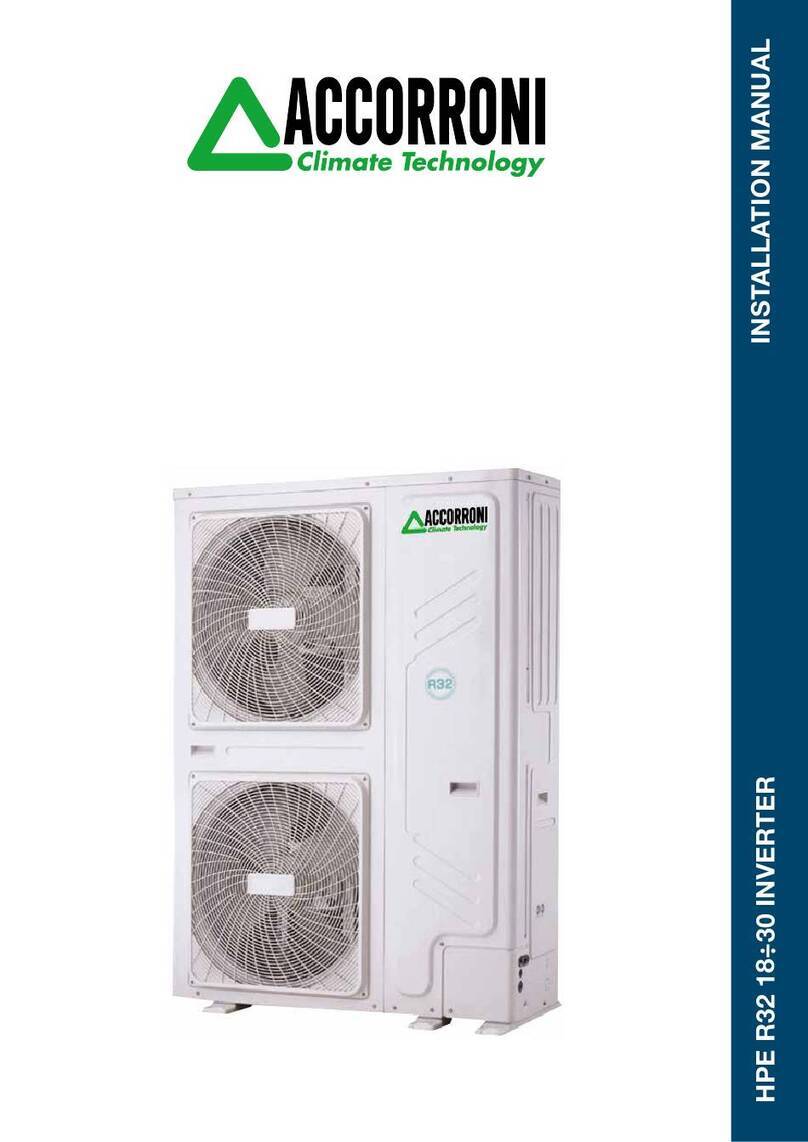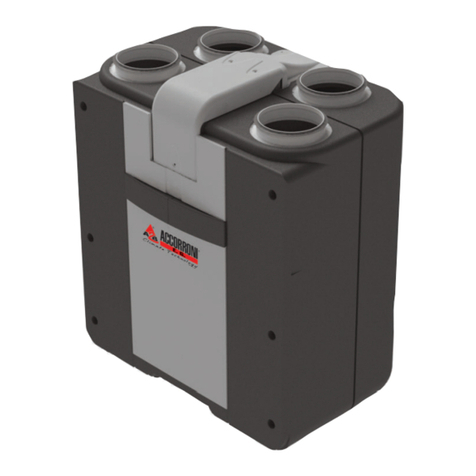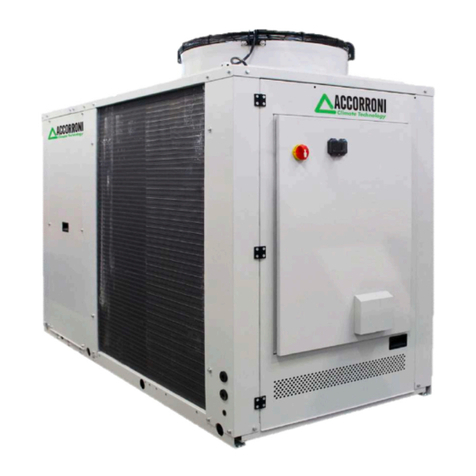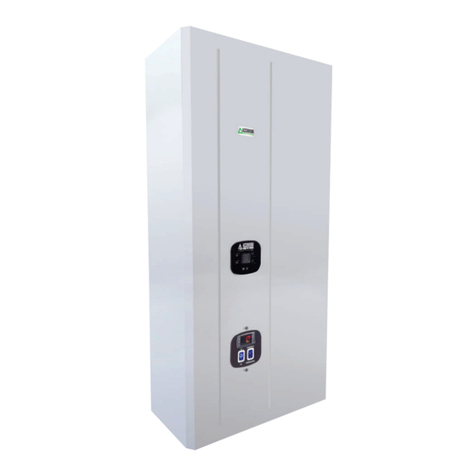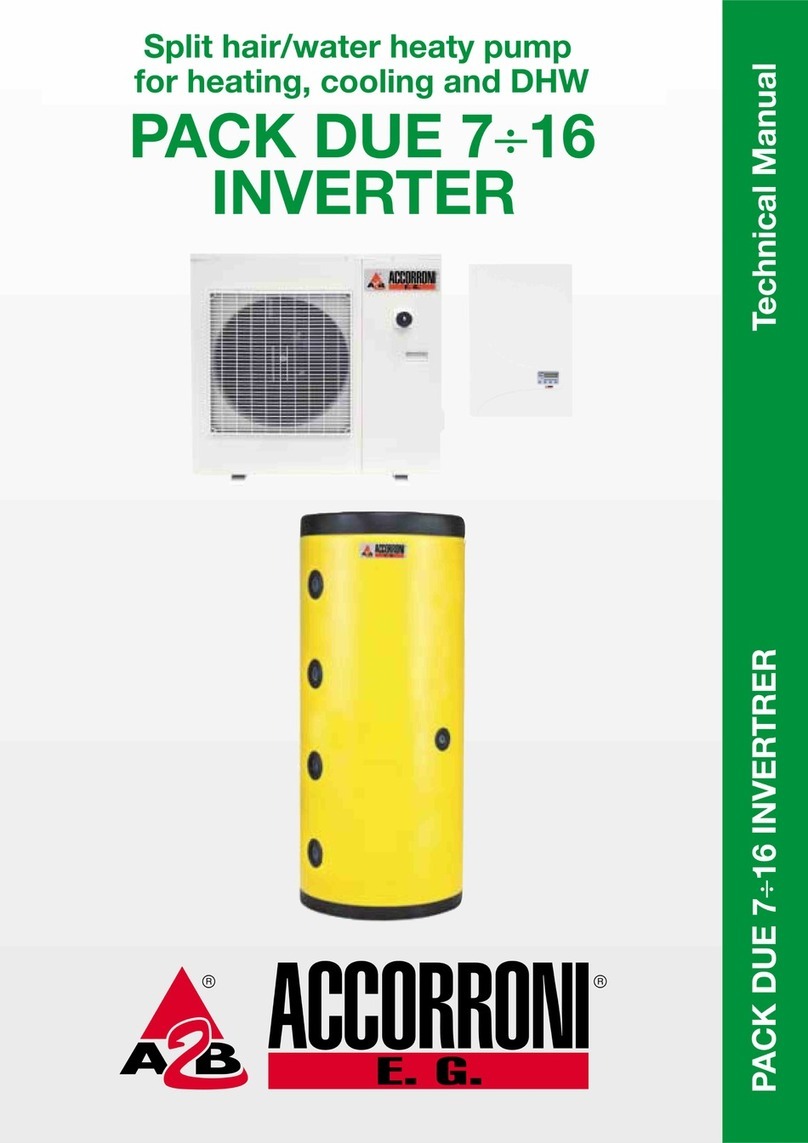
3
INDEX
1PURPOSES AND CONTENTS OF THE MANUAL......................................................................................................................... 5
1.1 CONSERVATION OF THE MANUAL.......................................................................................................................................... 5
1.2 GRAPHIC SYMBOLS................................................................................................................................................................. 5
2SAFETY LAWS ......................................................................................................................................................................... 5
3PERMITTED USES ................................................................................................................................................................... 5
4GENERAL SAFETY GUIDELINES................................................................................................................................................ 6
4.1 WORKERS’ HEALTH AND SAFETY ............................................................................................................................................ 6
4.2 PERSONAL SAFETY EQUIPMENTS ........................................................................................................................................... 6
4.3 SAFETY SYMBOLS ................................................................................................................................................................... 6
4.4 REFRIGERANT SAFETY DATA SHEET........................................................................................................................................ 7
5TECHNICAL CHARACTERISTICS................................................................................................................................................ 8
5.1 FRAME.................................................................................................................................................................................... 8
5.2 REFRIGERANT CIRCUIT ........................................................................................................................................................... 8
5.3 COMPRESSORS....................................................................................................................................................................... 8
5.4 AIR-SIDE EXCHANGER............................................................................................................................................................. 8
5.5 FAN MOTOR ........................................................................................................................................................................... 8
5.6 USER-SIDE HEAT EXCHANGER ................................................................................................................................................ 8
5.7 ELECTRICAL CONTROL PANEL................................................................................................................................................. 8
5.8 CONTROL SYSTEM .................................................................................................................................................................. 8
5.9 CONTROL AND PROTECTIONDEVICES.................................................................................................................................... 8
5.10 HYDRAULIC CIRCUIT ............................................................................................................................................................... 9
5.11 FAN SPEED CONTROL ............................................................................................................................................................. 9
5.12 ENHANCED VAPOUR INJECTION (EVI) TECNOLOGY................................................................................................................ 9
6AVAILABLE VERSIONS WITH SIZES AND ACCESSORIES.......................................................................................................... 10
6.1 OPTIONAL ACCESSORIES ...................................................................................................................................................... 12
7INSTALLATION...................................................................................................................................................................... 13
7.1 GENERALITY ......................................................................................................................................................................... 13
7.2 LIFTING AND HANDLING....................................................................................................................................................... 14
7.3 LOCATION AND MINIMUM TECHNICAL CLEARANCES .......................................................................................................... 14
7.4 DIMENSIONS ........................................................................................................................................................................ 15
7.5 HYDRAULIC CONNECTIONS .................................................................................................................................................. 15
7.5.1 Characteristics of water of the plant circuit ................................................................................................................. 16
7.5.2 Hydraulic circuit type.................................................................................................................................................... 16
7.5.3 Handbook ..................................................................................................................................................................... 17
7.5.4 Hydraulic circuit............................................................................................................................................................ 17
7.5.5 Drainage connection .................................................................................................................................................... 17
7.5.6 Plant circuit loading...................................................................................................................................................... 17
7.5.7 Plant drainage system.................................................................................................................................................. 17
7.6 REFRIGERANT DIAGRAMS .................................................................................................................................................... 18
7.6.1 Refrigerant diagram of HPEINV.25 and HPE 35 models ............................................................................................ 18
7.6.2 Refrigerant circuit ofHPE INV.50 model ...................................................................................................................... 18
7.6.3 Refrigerant diagram of the model HPE 50, HPE 60 and HPE 70 ................................................................................... 19
7.6.4 Refrigerant circuit ofHPE 50F model ........................................................................................................................... 19
7.6.5 Refrigerant circuit of i-HP-LT 0125 model .................................................................................................................... 20
7.6.6 Refrigerant diagram of “HPE LT 35” and “ HPE LT 50” models .................................................................................... 20
7.7 ELECTRICAL CONNECTIONS.................................................................................................................................................. 20
7.7.1 Access to the electrical panel ....................................................................................................................................... 21
7.7.2 Power supply’s terminal block...................................................................................................................................... 23
7.7.3 User’s terminal block.................................................................................................................................................... 24
7.7.4 PM Module phase protection ....................................................................................................................................... 24
7.7.5 Plant management optional module terminal block.................................................................................................... 24
7.7.6 CONTROL LOGICS.......................................................................................................................................................... 25
7.7.7 Wiring diagrams........................................................................................................................................................... 25
8START UP ............................................................................................................................................................................. 25






